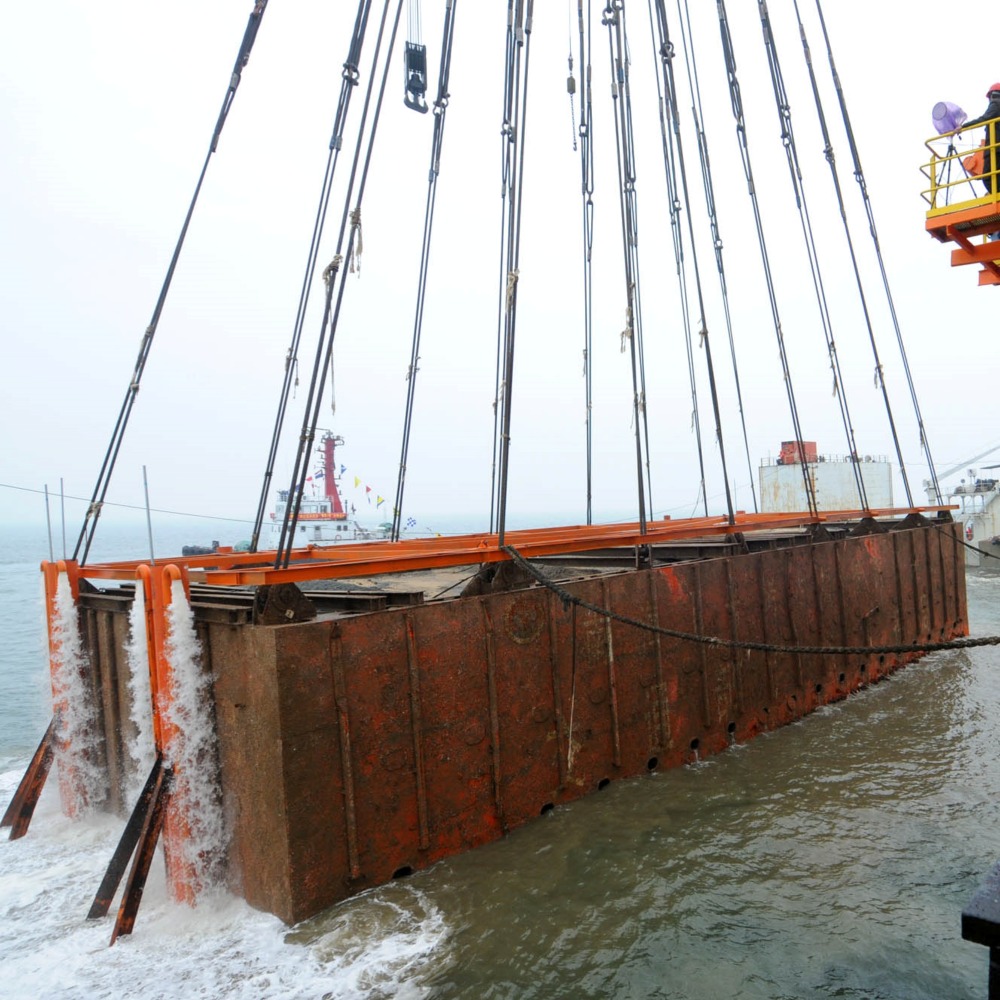Published : 2024-12-22
On December 22, 2007, the shipwreck "Nanhai No.1" (南海一號) was lifted out of the water.
At 11:30 a.m. that day, as the bottom beam of the Nanhai No.1's sunken compartment emerged from the water, the Nanhai No.1, dating back to the early Southern Song Dynasty and over 800 years old, was successfully lifted.
Nanhai No.1 was initially discovered in 1987 in the sea area at the border of Taishan and Yangjiang in Guangdong Province. Relevant national units subsequently organised multiple underwater searches, physical inspections, underwater archaeology surveys, and excavations.
Nanhai No.1 belongs to the "Fu ship" (福船) type, one of the three major types of ancient Chinese ships, and is a rare live specimen in the shipbuilding history of the Song Dynasty.
The remains of the Nanhai No.1 shipwreck are approximately 21.91 metres long and have a maximum ship width of about 9.87 metres.
Its sinking site is precisely a key point on the ancient "Maritime Silk Road". Since 2007, archaeologists have excavated for more than a decade.
They have uncovered over 180,000 artifacts, including about 160,000 pieces (sets) of porcelain, 124 tonnes of ironware concretions, creating a record for the most excavated items in a single archaeology project in the country.































